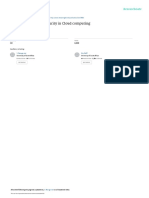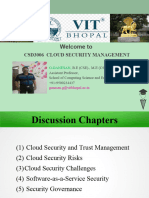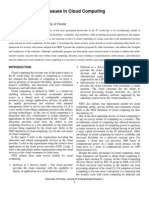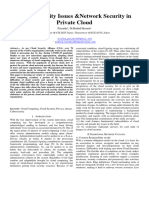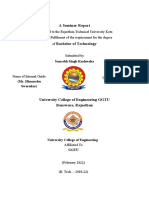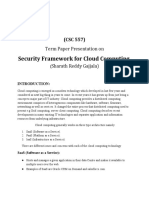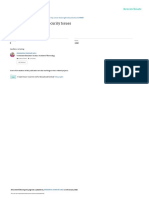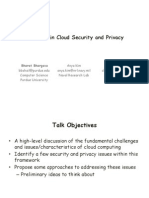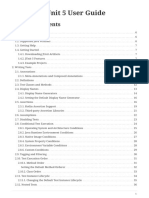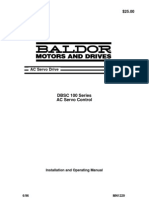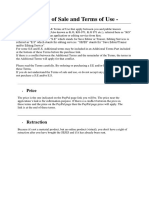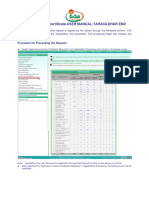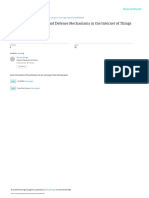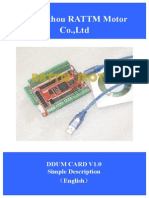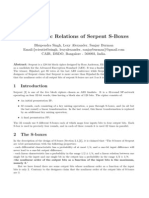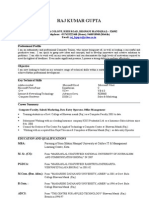0% found this document useful (0 votes)
34 views7 pagesCloud Computing Security Auditing
This document summarizes a research paper about cloud computing security auditing. The paper discusses how third party auditing can play an important role in ensuring cloud service providers comply with security policies and procedures. It reviews related work on cloud security audit mechanisms and frameworks. The paper focuses on cloud security issues and auditing models that can help verify cloud data integrity and privacy while maintaining compliance.
Uploaded by
Sunitha RekhaCopyright
© © All Rights Reserved
We take content rights seriously. If you suspect this is your content, claim it here.
Available Formats
Download as PDF, TXT or read online on Scribd
0% found this document useful (0 votes)
34 views7 pagesCloud Computing Security Auditing
This document summarizes a research paper about cloud computing security auditing. The paper discusses how third party auditing can play an important role in ensuring cloud service providers comply with security policies and procedures. It reviews related work on cloud security audit mechanisms and frameworks. The paper focuses on cloud security issues and auditing models that can help verify cloud data integrity and privacy while maintaining compliance.
Uploaded by
Sunitha RekhaCopyright
© © All Rights Reserved
We take content rights seriously. If you suspect this is your content, claim it here.
Available Formats
Download as PDF, TXT or read online on Scribd
/ 7

